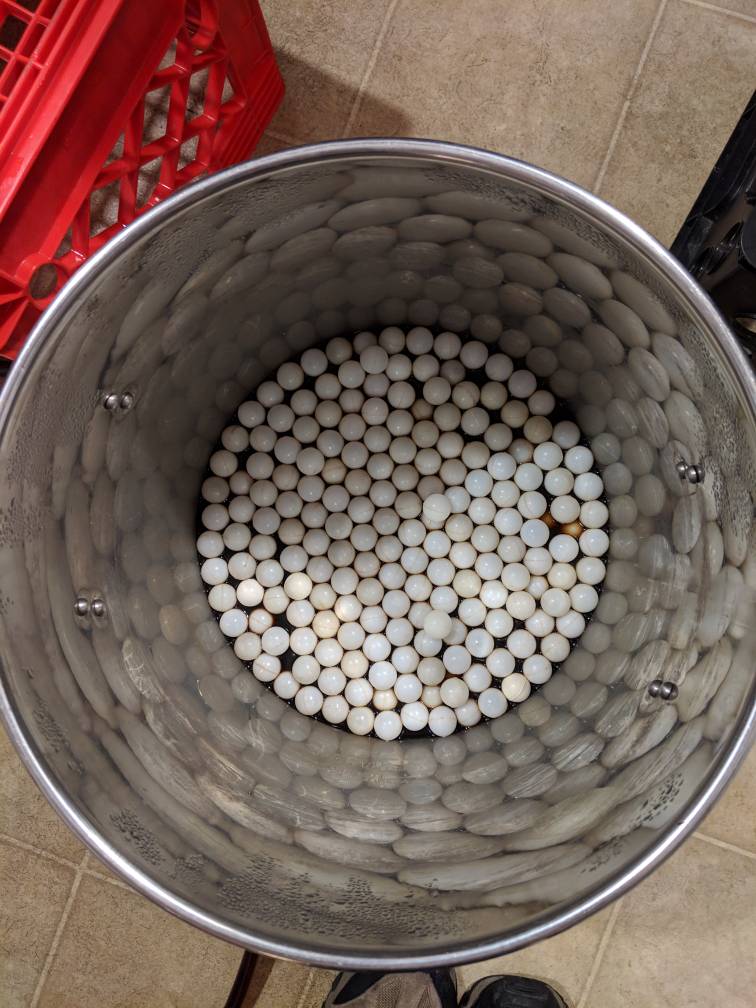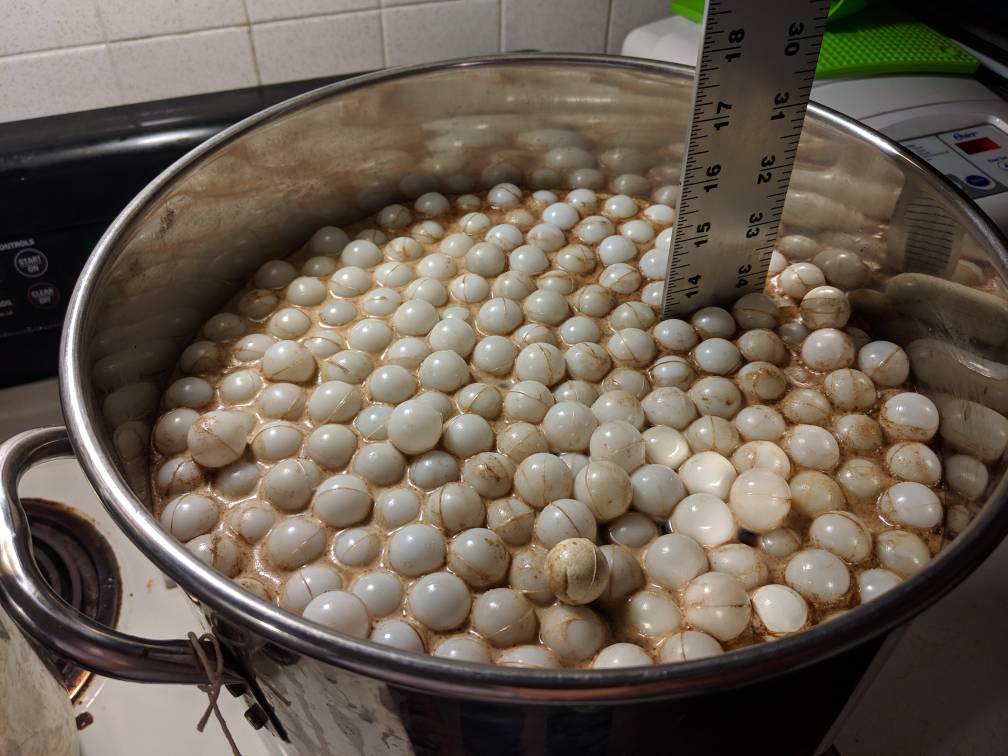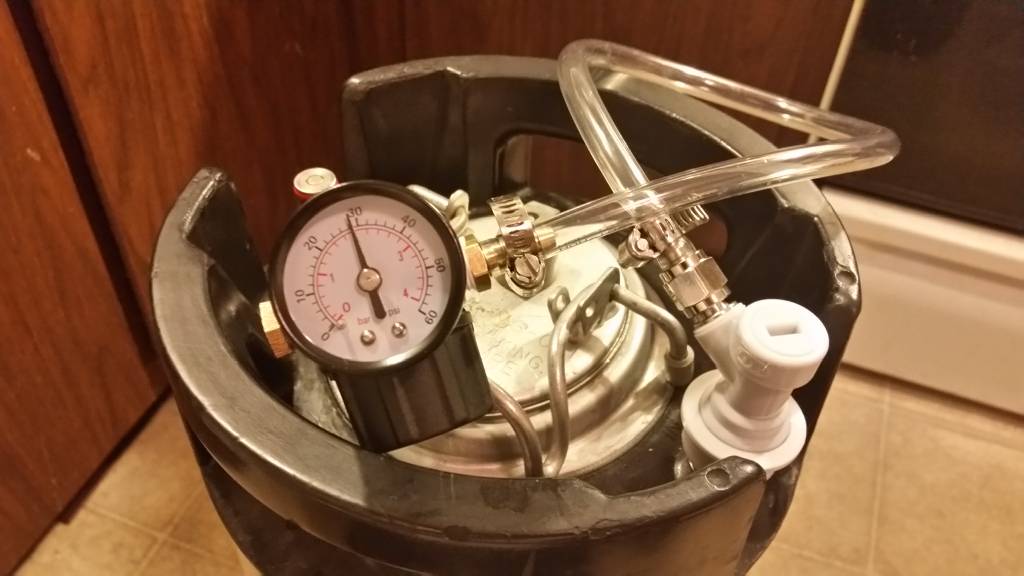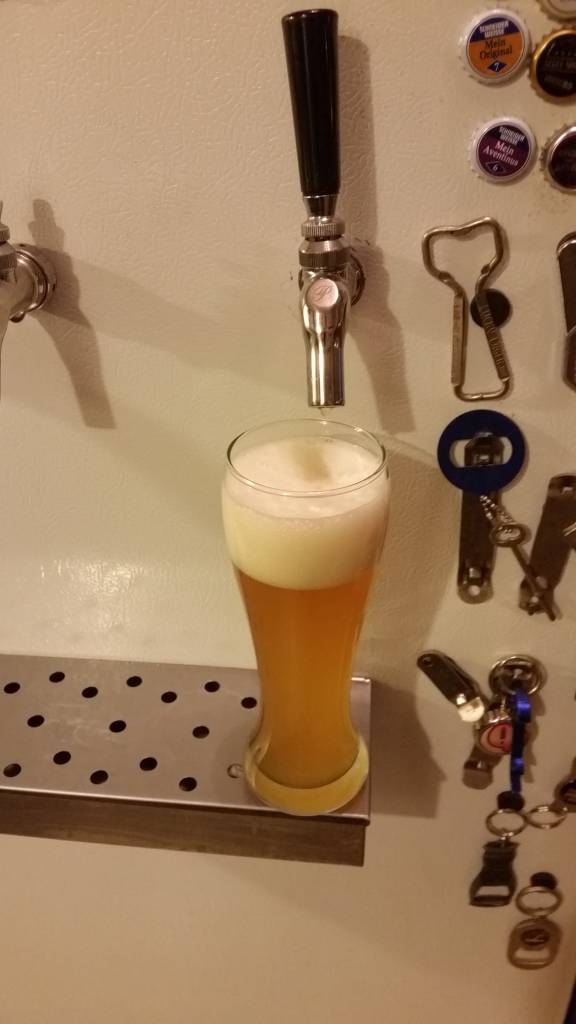Bilsch
Well-Known Member
- Joined
- May 4, 2015
- Messages
- 1,754
- Reaction score
- 1,609
I've tasted very fresh samples when I was living in Germany and they all had that honey flavor. It seems that Bitburger, although by definition a Northern German Pils, exhibits levels of VDKs normally associated with the Bohemian Pils style. Judging by the color it's also likely that they still run a (possibly partial) decoction schedule.
Been to Germany many times since even before reunification and most recently in December. I've only tasted the honey notes related to oxidation a couple times usually from the bottle. Bitburger is not decocted, its color comes from a liberal munich malt addition. Wernesgrüner, also owned by the Bitburger gruppe, is a very similar recipe to Bitburger but is decocted and the difference is subtly more malty and quite delicious. Both beers do exhibit the characteristic fresh malt flavors from a low oxygen brewing process. I've drunk a sizeable amount of northern German pils style and never run into vdk's like one normally finds in Czech beers. First time in Pilsen it took some time to become accustomed to the diacetyl and begin enjoy the style but overall my preference is drinking in Bavaria where that flavor is considered a fault.


























































![Craft A Brew - Safale S-04 Dry Yeast - Fermentis - English Ale Dry Yeast - For English and American Ales and Hard Apple Ciders - Ingredients for Home Brewing - Beer Making Supplies - [1 Pack]](https://m.media-amazon.com/images/I/41fVGNh6JfL._SL500_.jpg)




